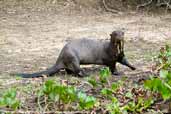
December 2006
The Giant Otter is distributed in the Amazon and Orinoco Basins as well as the Pantanal and, its most important remaining area - the Guyanas. It is classified as Endangered with probably less than 5,000 individuals remaining.
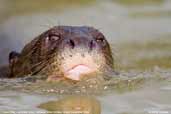
They are amphibious spending most of their time on land but being very agile swimmers as they hunt for fish.
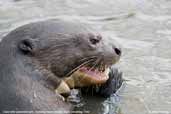
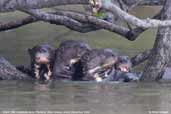
There is an excellent entry on Giant Otter in Wikipedia.
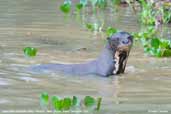
| Previous Page | Back to Index | Next Page |